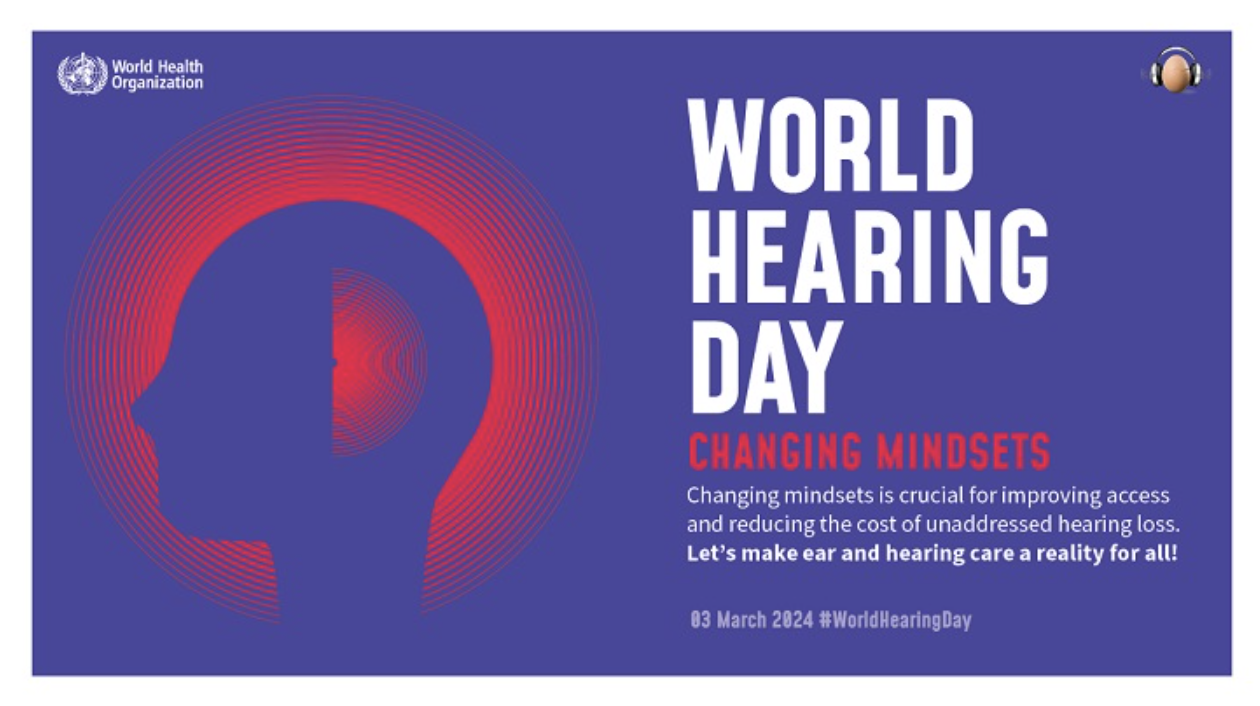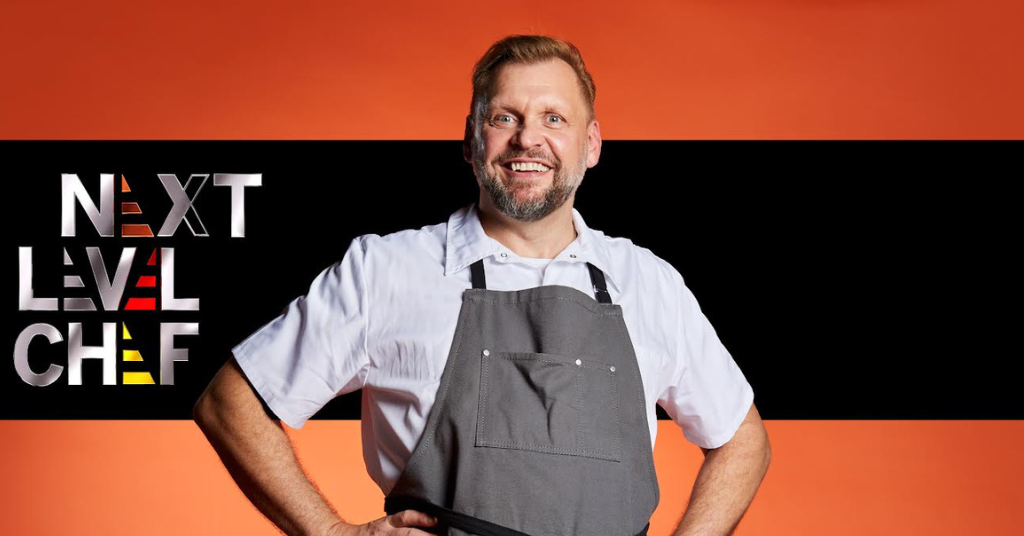
#deaftalent:”The Walking Dead” casts deaf actress Lauren Ridloff
October 8, 2018
Why athletes are calling for better leaders in the Deaflympics
October 12, 2018‘The Listening Project’ shares stories of life with cochlear implants

A new film about people with cochlear implants aims to inform viewers about life with hearing loss technology. Dr. Jane Madell, a renowned pediatric audiologist, and director Irene Taylor Brodsky tell us more about the film’s conception and reactions.
The film begins simply, with Dr. Madell addressing the camera:
“Half the time I say to somebody I’m an audiologist, they say, ‘Do you know how to sign?’
No, I don’t. I teach kids to talk.
‘You teach deaf kids to talk?’
Yes, I teach deaf kids to talk. I’ve been doing it now for more than 45 years.”
Conception
Most people still assume that if someone is deaf, they aren’t able to speak, says Dr. Jane Madell, a renowned pediatric audiologist. Her desire to correct misconception led to the creation of The Listening Project , a film by Irene Taylor Brodsky, an Academy-award nominated, Emmy and Peabody award winning director.
“Jane Madell was both our doctor and my friend,” Brodsky says. “She watched her ‘kids’ (i.e. her patients) grow up and had lots of anecdotes she wanted to share with the world about these same issues.”
Brodsky, who is also the daughter of deaf parents and a parent of a deaf son, says she wanted to know what life might have in store for her son beyond the obvious questions around hearing. How would his technology inform his life as he grows up? The way he goes about choosing friends and hobbies? What he looks for in a college or career?
Meanwhile, Madell was intimately involved in her patients’ lives as they grew up and wanted to know what happened to them. She especially wanted to take a look at those who had the benefit of technology, yet were old enough to have insight into their upbringing. So, she reached out to them; some were in touch with others, and it took off from there. Everyone contacted wanted to participate and the idea for the film took off.
Filming
One reason Brodsky and Madell started with Madell’s former patients is that the patients trusted Madell.
“We knew this film’s success would depend on honesty and intimacy – and letting people talk about things maybe no one had ever asked them to articulate before,” Brodsky says.
One of those patients was Joanna Lippert, who lost her hearing when she was just 11 days old she was accidentally overdosed with a medication. After she was diagnosed as profoundly deaf at 8 months old, she wore body aids until she was 11, then received cochlear implants.
Lippert admits she was a little apprehensive when Madell first approached her about doing a film about people with cochlear implants. She has always been private about her hearing loss, she says, and didn’t know how invasive it would be or how the film would be received by others. She knew the root of her fear was excitement, however.
“It’s so true that if it scares you, then it must be something big and potentially life-changing,” she says. “It was. I agreed to participate because I knew this was our chance to show, not just tell, the world our stories. There are so many misconceptions about being deaf that I knew it was important.”
For the film, Brodsky suggested an interview style called “Eye Direct.” This involves a series of mirrors attached to the front of the interview camera, allowing the subjects to answer Madell’s questions while looking at her but actually tricking their eyes into looking straight at the lens.
“In addition to the frankness we were aiming for, their faces and eyes on the viewer could create a more authentic sense of one-on-one conversation,” Brodsky says. All participants spoke.
Sometimes it got too real, she says. Being a clinician and nurturer by nature, Madell says she always feels the need to be supportive of people’s feelings. When one of the participants started to cry during filming, Madell immediately stood up to go and comfort her. Brodsky pressed her back into her seat behind the cameras.
“She knew as a filmmaker that it was an important moment and we needed to let it be filmed,” Madell says. “We both knew what we wanted the message of the film to be.”
The vision, creation, and editing of the film were all part of a collaborative effort between the two women. Ultimately, 16 of Madell’s former patients were interviewed. Their careers include an audiologist, social worker, physician, computer programmer, and surgeon.
Release and Reactions
While filming took place four years ago, it wasn’t released until March 2018 due to funding issues. The first showing was at the American Cochlear Implant Alliance, where it received a standing ovation. Madell has taken the film to other conferences, reaching professionals and families impacted by hearing loss. Because of her profession as a filmmaker, Brodsky has focused her outreach efforts on broad audiences. The include viewers who may know nothing about hearing loss and augmenting technology.
In August, she penned an op-ed in the NY Times, along with a short version of the film about people with cochlear implants.
“The feedback to our opinion documentary has been both heartfelt and astonished about an experience viewers had never considered before,” Brodsky says.
Read more: Eight Stories about Hearing Loss: An upcoming film aiming to change perceptions of disabilities
When she says when she started the project, she wanted to understand what was ahead for her son, but the subjects made her think about new things she wants to share.
“People with hearing loss who augment their hearing – whether that’s through the implant, hearing aid, or assistive technology – are a new Vanguard of human experience,” she says. “They have a choice most of the rest of us will never have – whether to hear or not to hear.”
“They have a choice most of the rest of us will never have – whether to hear or not to hear.”
Madell’s hope was that the movie would find a way for families of newly identified babies to understand that listening and spoken language is a viable option.
“Since 95 percent of babies with hearing loss are born to parents with normal hearing, most know nothing about hearing loss,” she says. “When they think about hearing loss, they think about sign language. I want them to know what is possible.”
Lippert’s worldview has already changed, and she sees it in others as well, she says. She works at the VA Hospital in Manhattan as a Medical Acute Care Social Worker, and doctors that she has worked with have shared that this is the part of their medical school education they didn’t have.
“It’s so important for us to show parents and the world that being deaf no longer has to be a limiting factor in our successes,” she says. “It no longer has to feel like a glass ceiling has been imposed on our potential. We are now shattering glass ceilings everywhere.”
“…being deaf no longer has to be a limiting factor in our successes”
The filmmakers are still looking for a way to get the information out. Madell’s goal is to get the film into every pediatric audiology office, every pediatrician’s office, and every ENT office. She encourages families to share copies with their audiologists, SLPs, and schools. Viewers can also arrange to show the film to hearing health professionals and in their communities.



